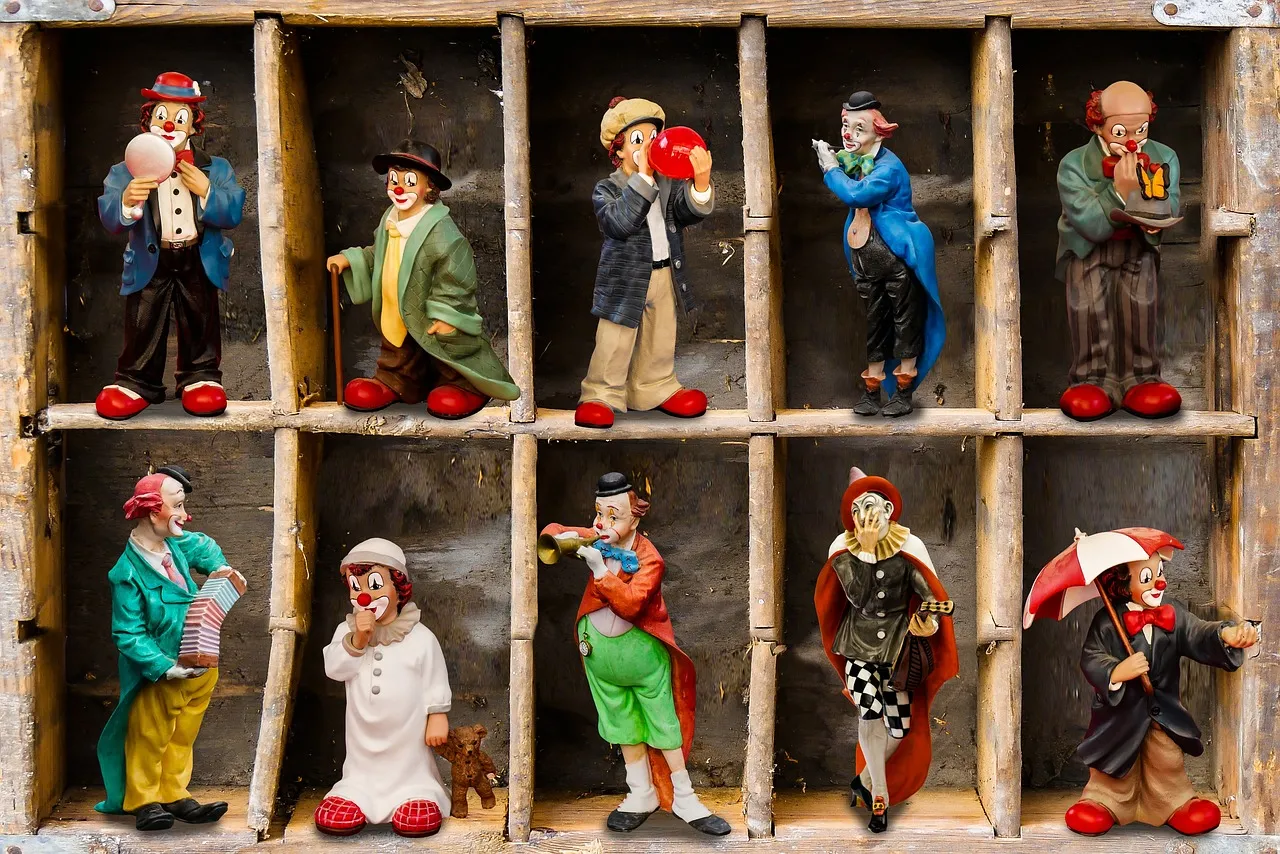As a stats geek, I’m getting really frustrated with the discussion about JCPS class sizes, both from the JCPS leadership and from the local media. There’s lots of talk about various funding ratios, but no one is talking about the most important question: What are the REAL numbers, and what do they mean for the education of our children?
Here are three things about this discussion that need to be fixed.
Funding Isn’t the Same as Actual Class Sizes
We continue to hear about “funding levels” for certain class size ratios, but there’s a piece missing: how are those funding levels actually being implemented? Let me explain.
Say you’ve got 200 second graders at your school, and the target class size is 25. So, the JCPS budget allocates enough money to pay for eight teachers for those second graders. But, your principal or your site-based decision-making council decides that they want to use one of those teachers for art. They have the flexibility to do that, because state law says that class size maximums don’t apply to SBDM schools.
So now, even though you are funded for eight teachers at 25:1 class size, in reality you’ve only got seven, and the actual class size is 28.5, which means one of the teachers is probably going to have 30 students, or 20% higher than the “funded” class size.
Think this doesn’t happen? Then why does the school system pay $1.5 million a year to teachers whose classes are larger than allowed in their contract?
Which leads me to my second complaint:
Class Size Averages Aren’t Honest
JCPS makes lots of data available for the public to peruse. Good for them; governmental transparency is a Good Thing. The problem comes when they use averages dishonestly, either intentionally or unintentionally.
Here’s what I mean. For every school in the district, they publish an annual statistical summary. It’s a pretty cool document, with lots of data. And right in the middle of the first page is “Pupil-Teacher Ratio.”
So you start looking at them, and you quickly notice that the ratios are amazingly low. School after school with ratios of 16:1 and 18:1 and 15:1. In fact, the system-wide pupil-teacher ratio for elementary schools is listed as 16 to 1. “Wow,” you think, “we are really keeping our class sizes low!” Then you talk with some teachers, and you find out – these are averages for the entire school that include special education classes with two teachers for 9 students, for example.
In the everyday classrooms? They’re nowhere close to those numbers. Numerous teachers have commented that when they heard about the so-called “class size caps” that JCPS funds at, they wondered who was actually teaching classes at those levels, because they had never had a class that small.
What Are the REAL Class Sizes?
In all the reporting on this topic, I’ve not seen one administrator offer the actual numbers on the ground. I haven’t heard one person from the central office say something like “In all our 400 first grade classrooms, we have 75 that have more than 24 students enrolled.” Or even better: “We have 150 classrooms that should, by standards, have a full-time aide; but only 3 of them actually do.”
I’ve never heard, nor seen, any data like that. Maybe they don’t want to share that, because it would reveal a system that is set up to fail. Or maybe (even worse) they don’t actually know.
Why would they not tell us? Are they like Jack Nicholson, and they think we can’t handle the truth? Or, do they think that happy-talking will make the questions go away?
Some Advice
I have some advice for JCPS and its leaders: When you talk in generalities, and play games with the numbers, we immediately suspect that there is a hidden agenda somewhere, and we go looking for it. So, start the discussion with the reality on the ground. Let us know exactly where things stand. Stop hiding behind averages and allocations, and let’s talk about what is really happening in the classrooms. We’re adults; we want the facts. Then we can have a discussion about the best ways to make things better.
Comments






